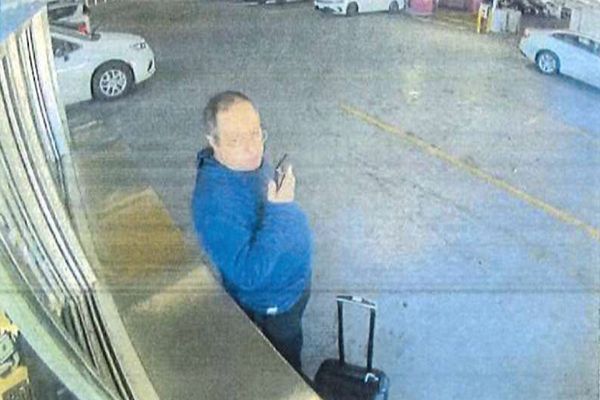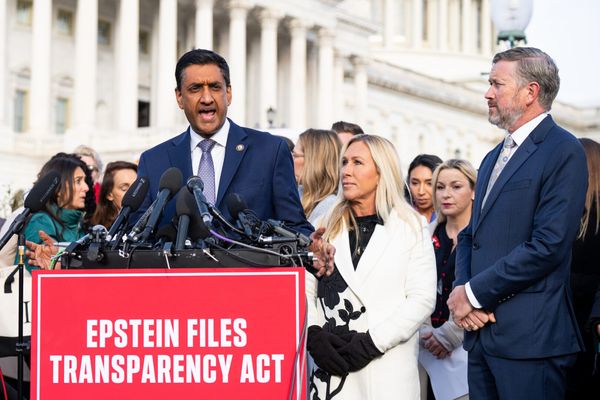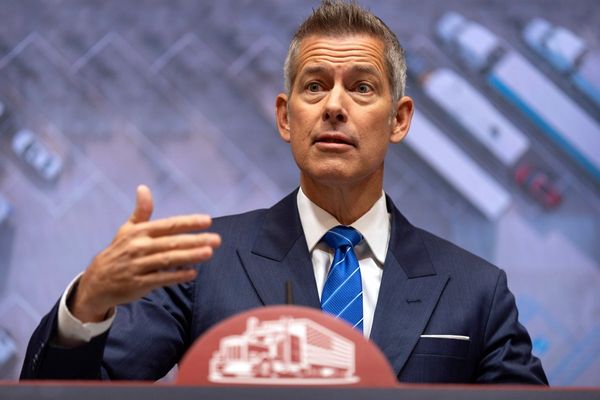
Car companies continue to sell vehicles in Australia that use much more petrol and emit more toxic fumes than advertised, despite repeated investigations identifying discrepancies in marketing.
The Australian Automobile Association (AAA) on Wednesday released the latest results from its “real-world” testing program, a four-year $14m government-funded scheme that scrutinises claims made about vehicles’ fuel consumption and emissions.
The country’s peak motoring body said it had tested 114 popular cars, vans and utes since the program began in August 2023 and found more than 77% of these vehicles used more fuel than advertised.
In its most recent study, the AAA said 25 of the 30 cars tested used more petrol than advertised, showing consumers could not rely on the fuel consumption and emissions information provided at point of sale.
Eleven of the cars used 10% or more fuel on the road than they had in the manufacturers’ laboratory testing which was used as the basis for advice to consumers, the AAA said.
Sign up: AU Breaking News email
The Hyundai Kona Hybrid recorded the greatest discrepancy – using 5.2 litres per 100km in the AAA’s testing on the road, compared with its laboratory result of 3.9 litres per 100km – a difference of 33%.
Hyundai declined to comment.
It was followed by the Kia Stonic, which used 26% more fuel on the road; the Hyundai i30 Hybrid, which used 17%; the Toyota Fortuner, which used 16%; and the Kia Sportage Hybrid, which used 14%.
Kia was contacted for comment. Toyota declined to comment.
The AAA said its latest round of testing also found six of the 30 vehicles produced noxious emissions above current Australian regulatory limits, despite these same vehicle types having met those limits in lab tests.
These were the Toyota Fortuner, the Suzuki Vitara, the BMW X1, the Ford Ranger, the Toyota Hi-Ace LWB and the Toyota Hi-Ace SLWB.
BMW and Ford were contacted for comment. Suzuki said it was unable to respond by deadline.
The AAA’s managing director, Michael Bradley, said it was becoming clear carmakers continued to optimise their vehicles’ performance for lab testing and “too often” overstated their improvements in fuel use and environmental performance.
“Some vehicles perform as advertised, but most do not,” he said.
The AAA said its testing program will expand in scope from August when it began releasing the results of its electric vehicle testing, checking the distance they could travel on a single charge in “real driving conditions”.
Bradley said “range anxiety” continued to be a significant barrier to the uptake of electric vehicles and that the AAA hoped its results would give Australians greater confidence in buying this type of car.
The organisation said “independent, real-world data” was becoming increasingly important, after the introduction of the federal government’s national vehicle efficiency standard.
Introduced by the Albanese government in its first term, the standard is designed to bring more fuel-efficient cars into the market by penalising manufacturers of high-polluting vehicles if they exceed an emissions cap.
The AAA’s testing scheme was put into place after a 2015 scandal involving Volkswagen, when it was found the manufacturer had misled consumers who may have deliberately bought vehicles based on incorrect claims of lower emissions.
The AAA says it tests cars on roads in and around Geelong, using strict protocols to ensure fuel consumption and emissions results are repeatable and to minimise the influence of human factors such as driving style and variable traffic flows.







